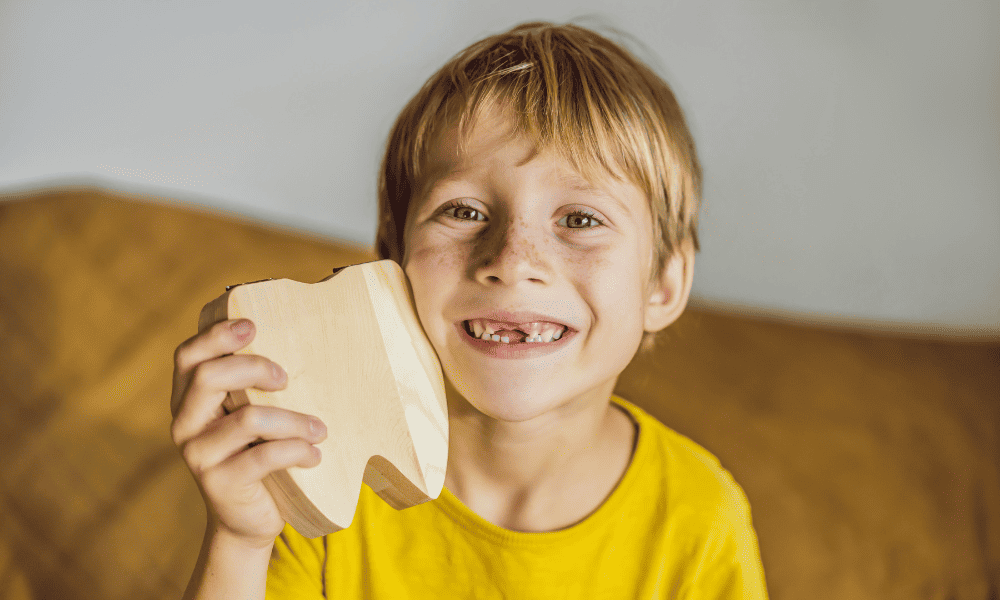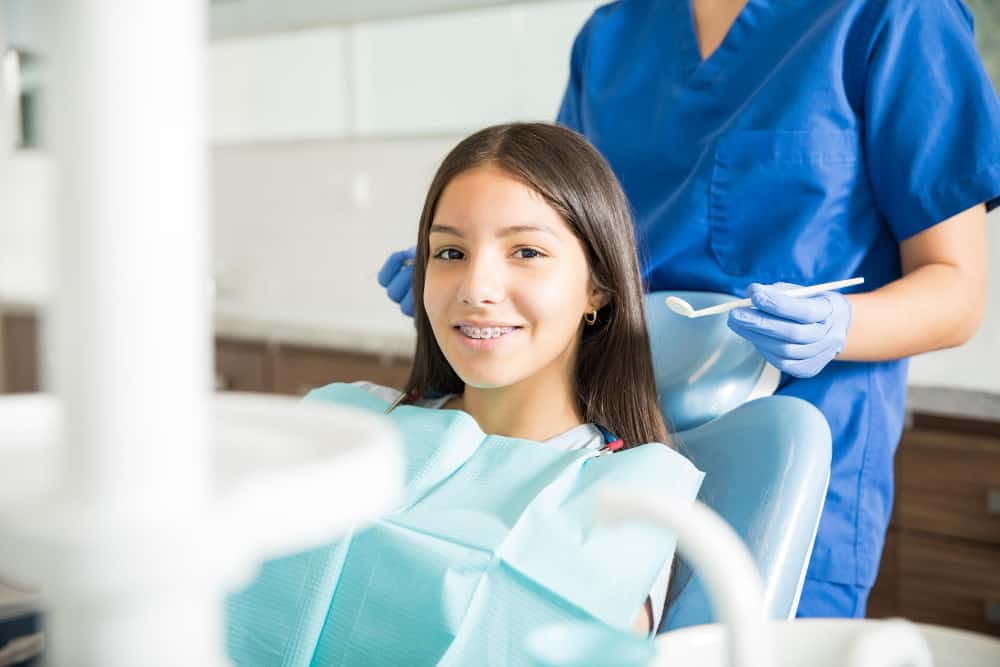Kids Tooth Extraction in Pittsburgh, PA

Why Tooth Extraction?
Another common scenario is overcrowding in the mouth. Children’s jaws may not have enough space to accommodate all their teeth properly. In such cases, extraction is necessary to prevent misalignment and to create space for the remaining teeth to grow correctly or for future orthodontic treatments. Impacted teeth, particularly wisdom teeth that have not erupted properly or are blocked, can cause significant discomfort, infection, or even damage to adjacent teeth, necessitating their removal.
Dental trauma also plays a significant role in the decision to extract. A tooth that is too damaged to save due to injury must often be removed to prevent further oral health complications. Additionally, tooth extraction can sometimes serve as a preventive measure. For children undergoing orthodontic treatment, the removal of specific teeth can facilitate the correct alignment of the remaining teeth, ensuring a healthy and functional bite.
At Pittsburgh Pedatric Dentistry, our pediatric dentists employ the latest dental techniques and a gentle approach to ensure that if your child requires a tooth extraction, the procedure is as comfortable and painless as possible. Our priority is not only to address the immediate issue at hand but also to provide comprehensive care and support throughout the recovery process, ensuring a swift return to health and well-being for every young patient we have the privilege of serving in the Pittsburgh area.
Our Approach

Consultation and Examination
The tooth extraction process begins with a thorough consultation and dental examination. Our pediatric dentists use this time to assess your child’s oral health, discussing any concerns you may have and explaining the need for the extraction. We employ dental x-rays to get a detailed view of the tooth’s condition and its position in relation to surrounding teeth and gum tissue. This step is crucial for planning the safest and most effective approach to removing the tooth.
Preparation
Once the need for a tooth extraction is determined, we prepare your child for the procedure by explaining what they can expect in simple, reassuring terms. Our pediatric dental team is skilled in using child-friendly language to ease any fears or anxieties. Depending on the complexity of the extraction and your child’s comfort level, we may discuss sedation options. Local anesthetic is commonly used to numb the area around the tooth, ensuring the procedure is painless. For more involved cases, such as impacted wisdom teeth or anxious patients, sedation dentistry or even general anesthesia may be recommended to provide a calm, anxiety-free experience.
The Extraction Procedure
During the tooth extraction, our pediatric dentist or oral surgeon will gently remove the tooth. The approach taken depends on whether it’s a simple or surgical extraction. A simple extraction is performed on a tooth that is visible above the gum line and can usually be removed with dental instruments that loosen and extract the tooth with minimal discomfort. Surgical extractions involve teeth that are not easily accessible, such as those that are broken below the gum line or impacted wisdom teeth. This procedure may require making an incision in the gum tissue to access and remove the tooth or teeth.
Aftercare and Recovery
Following the extraction, we provide detailed aftercare instructions to ensure a smooth and swift recovery. This includes advice on managing discomfort, such as using ice packs and taking prescribed pain medications, as well as guidelines on eating and oral hygiene practices to avoid disturbing the extraction site. We emphasize the importance of a soft diet and avoiding suction actions, like using a straw, to prevent dislodging the blood clot that forms in the tooth socket, a critical part of the healing process.
Ongoing Support
Our dental team offers ongoing support following your child’s tooth extraction. We schedule follow-up appointments to monitor the healing process and discuss any further treatment that may be needed, such as orthodontic work to ensure proper alignment of the remaining teeth or options for replacing the extracted tooth, if necessary.